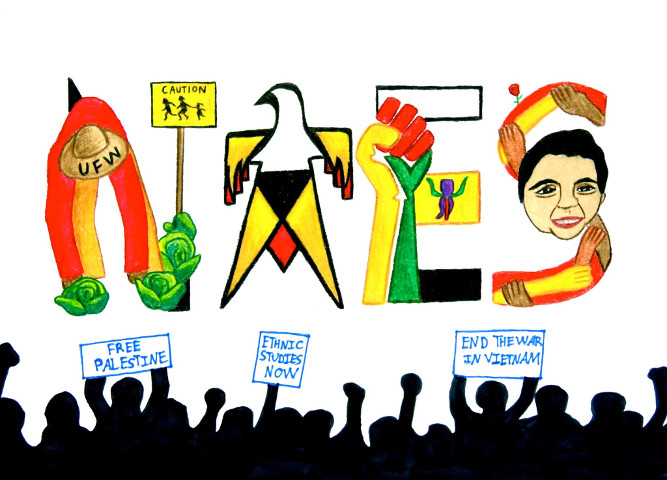Explorations in Sights and Sounds

Orginal Publication Date
1992
Journal Title
Explorations in Sights and Sounds
Volume
12
Issue
ess/vol12/iss1
First Page
19
Last Page
20
Abstract
Following his mother's death shortly after his birth, Charles A. Eastman acquired the name Hakadah -- the pitiful last. Not until age four, when his band of the Santee Sioux defeated their friendly rivals in lacrosse, would he he honored with his second name, Ohiyesa -- winner. This name bears importance, for Eastman retains it as the signature to his autobiography, Indian Boyhood. First published in 1902, the work represents one of the earliest examples of Native American biography as it details the life of Eastman from his native birth to his entrance into the white world at the age of fifteen. To the events of his childhood, Eastman adds ancestral stories passed on to him by, among others, his stronghearted grandmother, Uncheedah. The author's unique perspective -- he lives within two worlds destined not to coexist -- also allows him to discuss the influence white settlers had on his people. Without animosity, appearing more concerned with educating his reader than with exacting revenge, Eastman describes the Sioux 's forced exposure to soldiers, to trappers, and to the loss of their land that once stood as the central focus of their culture. Through his anecdotes and commentary, Eastman offers his reader a portrait of the midwestern Santee Sioux not found in any conventional textbook.
Rights
Copyright, ©EES, The National Association for Ethnic Studies, 1992


